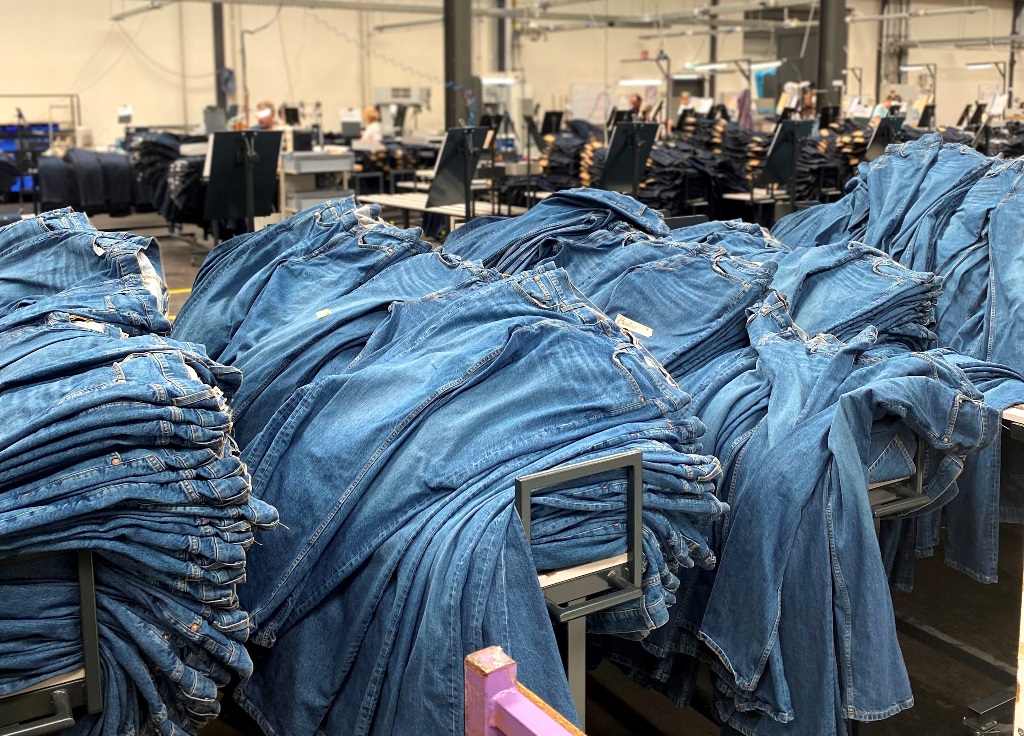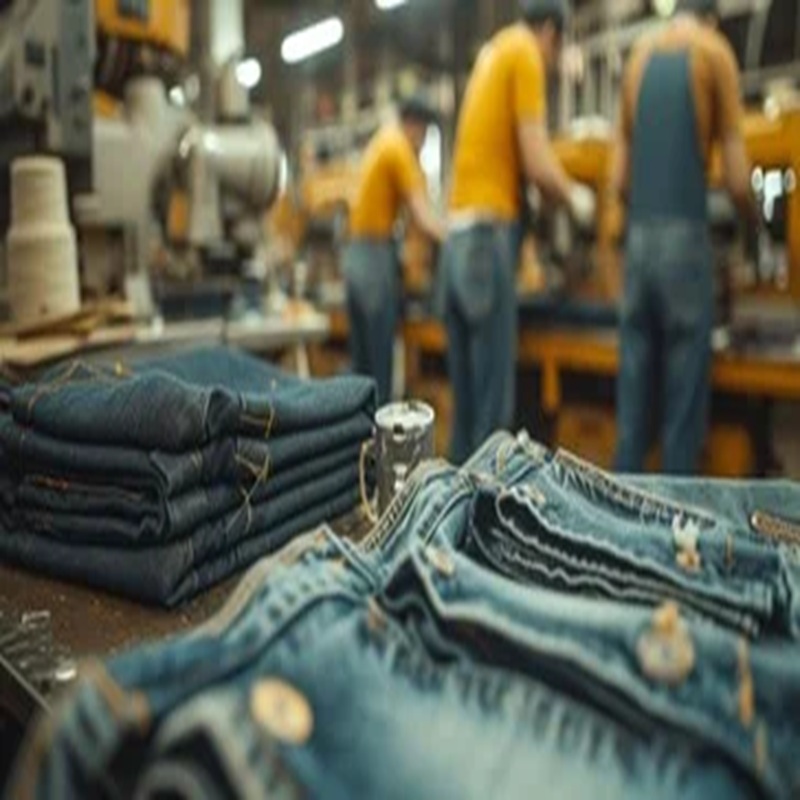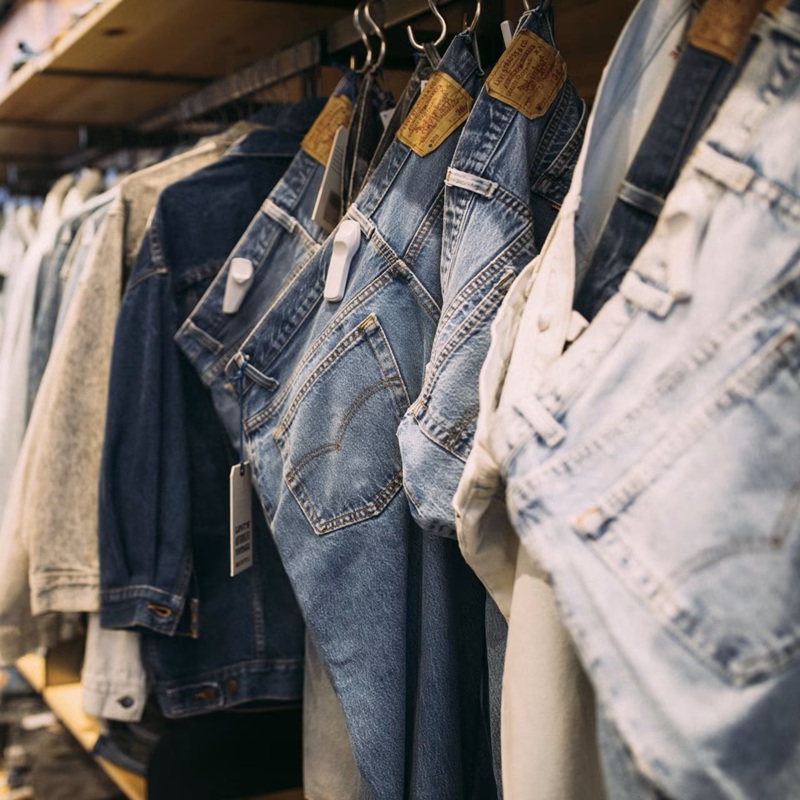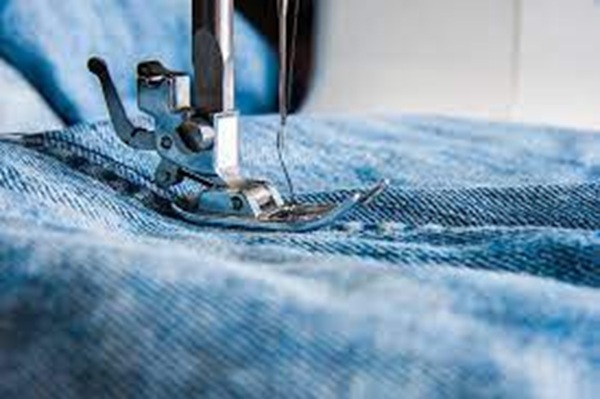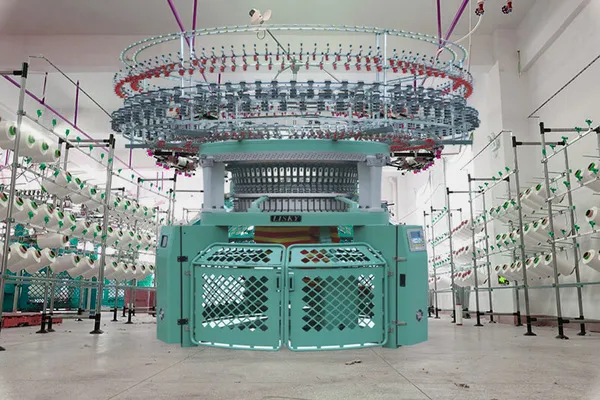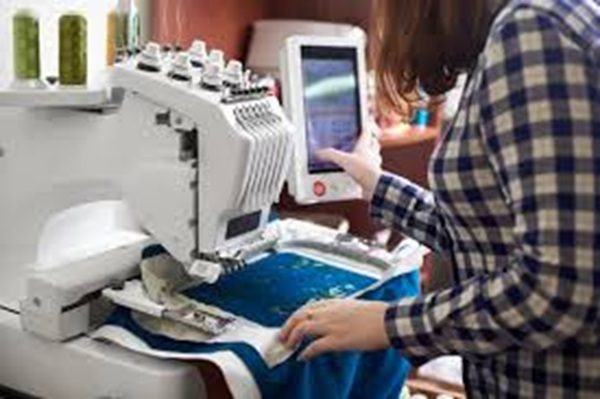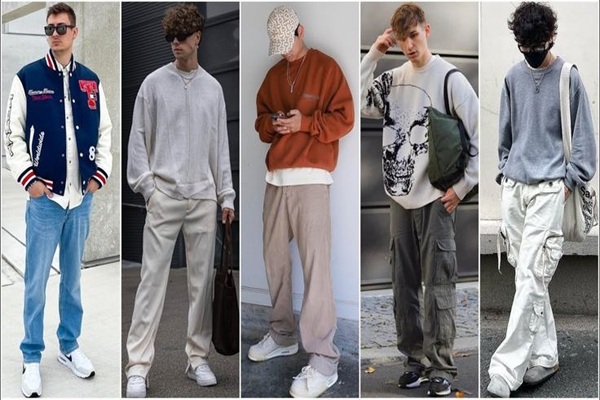At Halda Denim, our story began in 2020 in Narayanganj, Bangladesh. What started as a young dream has grown into a trusted name in denim and casual wear. We design and manufacture baggy jeans, trousers, jackets, and polo shirts—always keeping global fashion trends and quality standards in mind. Behind every piece is the skill of our dedicated team, who care about details from fabric to finishing. In just a few years, we’ve built partnerships across America, Europe, and the Gulf countries, earning trust through consistent quality, timely delivery, and honest commitment. But for us, it’s never just about making garments. It’s about creating style, value, and confidence for the brands we work with—and for the people who wear our products. Halda Denim: A young company with a bold vision, ready to bring your ideas to life.
